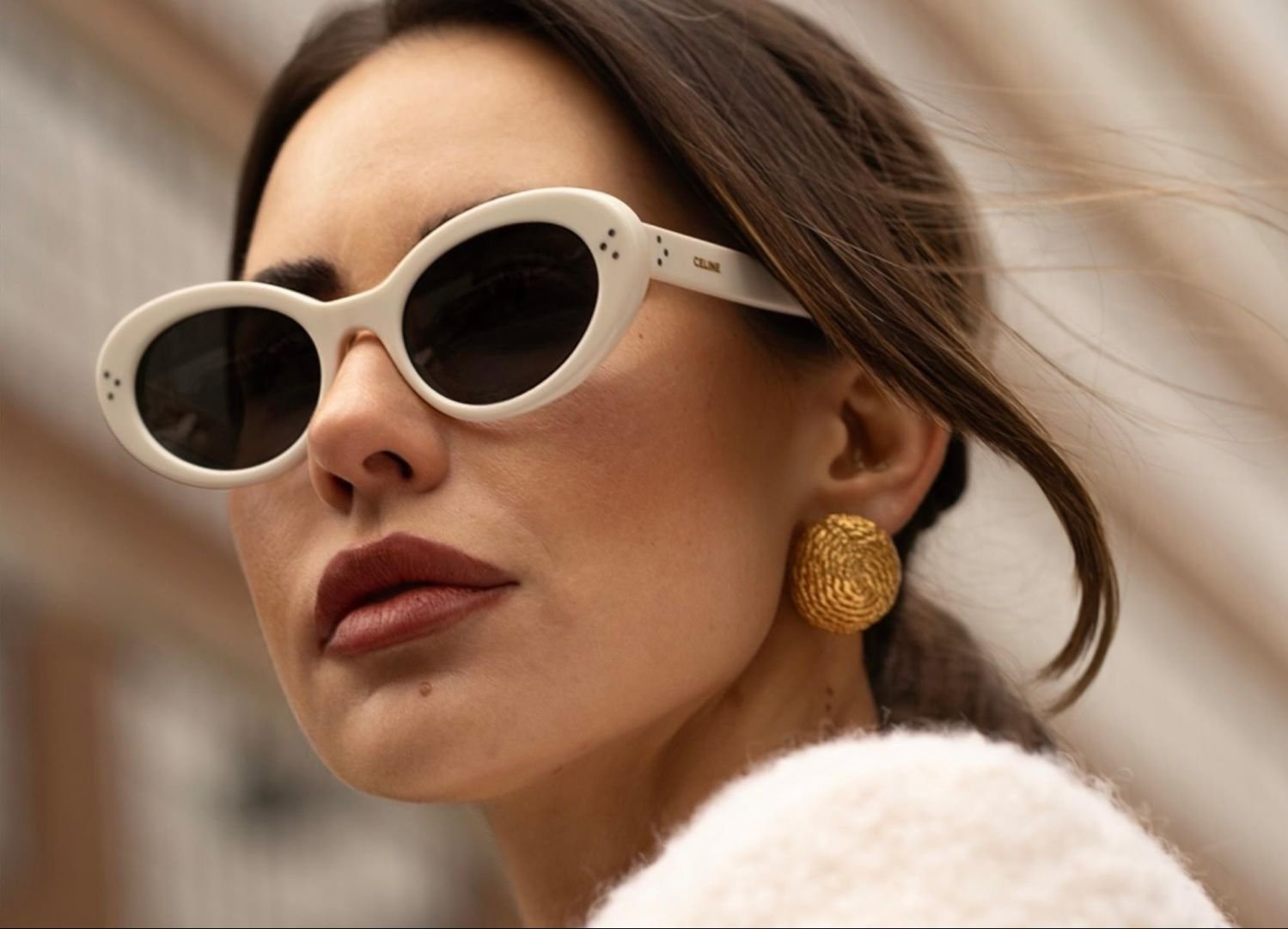XOXO: The Meaning and Usage Online
What Does XOXO Mean?
XOXO is a popular symbol used to express affection, good friendship, or love. The “X” represents kisses, while the “O” stands for hugs. This playful combination is often used in casual communication, especially in written forms like text messages, emails, or social media posts. While the meaning behind the symbol is universally understood, the context in which it’s used can vary—sometimes it’s a lighthearted expression, and other times it can be a more meaningful gesture of affection.
The Origin of XOXO
The exact origin of XOXO is somewhat unclear, but there are a few popular theories. One theory suggests that the “X” represents a kiss, dating back to the Middle Ages when an “X” was used as a stand-in for a kiss in letters, especially by those who couldn’t write their names. It is believed that the “O” then evolved as a symbol for a hug, stemming from the way people might form their arms in an embrace.
Another theory points to the use of the “X” as a symbol of a kiss in the early Christian era, with the “X” representing a cross and the “O” possibly symbolizing a hug as a round, enclosing shape. Over time, these symbols became more associated with affection and warmth in the modern sense.
XOXO in Online Communication
In today’s digital age, XOXO has become a go-to expression for conveying affection or friendship in text form. It’s commonly used in social media posts, texts, and emails as a way to sign off or end a conversation on a positive note. For example, someone might say, “Talk to you soon, XOXO,” or “I miss you, XOXO.”
While it can be used between close friends, family members, or romantic partners, it is often seen as less formal than other expressions of love or affection, such as “I love you.” It’s casual, playful, and intimate, making it suitable for a wide range of relationships.
Read Also: A Warrior Mother’s Memoir: One Mom’s Fight for Her Daughter, Her Family, and Her Joy
XOXO Across Different Platforms
The usage of XOXO has spread across various digital platforms, from text messages to social media. On platforms like Instagram, Twitter, and Facebook, users often end posts with “XOXO” to add a personal touch to their messages, particularly when addressing their followers or friends. Influencers, celebrities, and brands have also adopted this gesture to convey warmth and closeness with their audiences, making it a common and endearing sign-off.
In texting, XOXO can be used to express affection toward a friend, partner, or even someone you’re just getting to know. Its usage has become almost universally understood as a friendly or loving gesture, making it a simple yet effective way to communicate positive emotions.
XOXO in Popular Culture
XOXO has also made its way into popular culture, with references appearing in TV shows, movies, and music. Perhaps one of the most iconic associations with XOXO comes from the television series Gossip Girl, where the character Gossip Girl would sign off with “XOXO” at the end of each episode. This catchphrase became closely tied to the idea of mysterious and glamorous relationships, further cementing XOXO’s place in pop culture as an expression of closeness and intrigue.
It has since been featured in songs, books, and other forms of media, often used to convey affection, warmth, or the complexity of relationships.
Read also: The Science of Spaces: Psychology, Design, & Sustainability Shape the World
The Usage of XOXO in Different Relationships
The meaning and significance of XOXO can vary depending on the relationship between the people involved. For example:
Romantic Relationships: In romantic relationships, XOXO is often used to show love, affection, and intimacy. It’s commonly included in texts or messages to a significant other as a sweet, casual way of saying “I love you” without the formality.
Friendships: Among friends, XOXO can be a lighthearted and friendly expression of closeness. It’s a way to end a conversation or message with warmth, particularly when the friendship is built on mutual affection and support.
Family: In families, XOXO can also be a common way to express love and affection, especially when distance separates loved ones. Parents may send their children a quick “XOXO” text, or family members may use it in letters or cards to show they care.
Why XOXO Is So Popular
XOXO is popular because of its simplicity and universality. It conveys warmth and affection in a way that feels both personal and informal, making it suitable for a wide range of relationships and situations. The combination of kisses and hugs in such a compact form is easy to understand, and it brings a sense of closeness without being overly formal. In an era where digital communication is often quick and impersonal, XOXO adds a human, emotional touch.
Potential Misunderstandings of XOXO
While XOXO is typically seen as a friendly or loving gesture, it can sometimes be misinterpreted, especially in contexts where the relationship between the sender and recipient is unclear. For example, if used in a professional setting, XOXO might come across as overly familiar or inappropriate. It’s important to consider the nature of the relationship and the context before using XOXO to avoid any misunderstandings.
Additionally, because XOXO is often associated with casual relationships, it might not be seen as appropriate in more formal or serious contexts, especially in business communications.
XOXO has evolved from a simple expression of affection into a globally recognized symbol of love, friendship, and warmth. Whether used in texts, social media posts, or casual conversations, it serves as a lighthearted and intimate way to convey positive emotions. As an expression, XOXO has transcended language barriers, offering a universal gesture of human connection, affection, and closeness that continues to thrive in the digital age.







